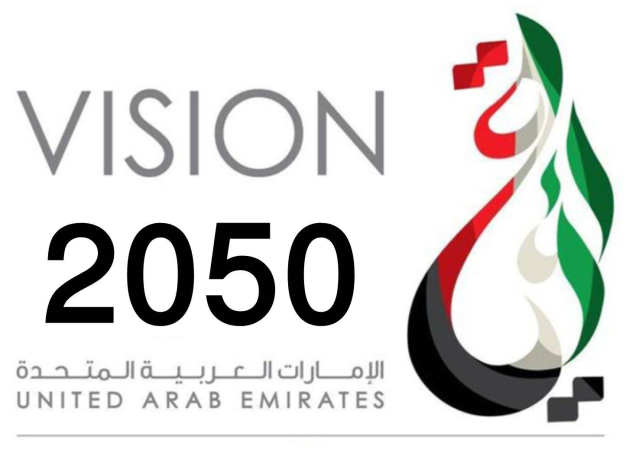The United Arab Emirates (UAE) is taking significant steps to advance sustainability, particularly in the built environment, as part of its broader national strategy to achieve net-zero emissions by 2050. Leading these efforts is the Emirates Green Building Council (EmiratesGBC), which supports innovative initiatives that promote energy efficiency and environmental responsibility across the construction and infrastructure sectors.
A key pillar of the UAE’s vision is the updated Energy Strategy 2050. This strategy targets a 30% share of clean energy by 2030, aims to improve energy efficiency by up to 45%, and plans to boost the country’s clean energy capacity to 19.8 gigawatts. These goals are projected to generate AED 100 billion in savings and create around 50,000 green jobs. At the local level, Abu Dhabi’s Climate Change Strategy complements this effort by aiming for a 22% reduction in carbon emissions by 2027—an impact comparable to planting 500 million trees. This plan includes over 80 initiatives, such as expanding the use of electric vehicles, restoring mangroves, and constructing major solar plants like Al Dhafra Solar PV.
EmiratesGBC contributes significantly to these goals through several programs. The Net Zero Centre of Excellence, established in 2018, helps push the agenda for carbon-neutral buildings by encouraging knowledge sharing and policy development. The Energy Efficiency Program, launched in 2013, works to strengthen the market for energy-efficient retrofitting and provides technical guidance. Additionally, EmiratesGBC’s Benchmarking Program collects building performance data to support better energy and water management.
Financial backing is also a crucial part of this transition. At COP28, the UAE Central Bank pledged AED 1 trillion in sustainable finance by 2030 to support green building initiatives, infrastructure upgrades, and renewable energy integration. Together, these combined efforts reflect the UAE’s strong commitment to building a resilient, low-carbon future through strategic planning, innovation, and public-private collaboration.

